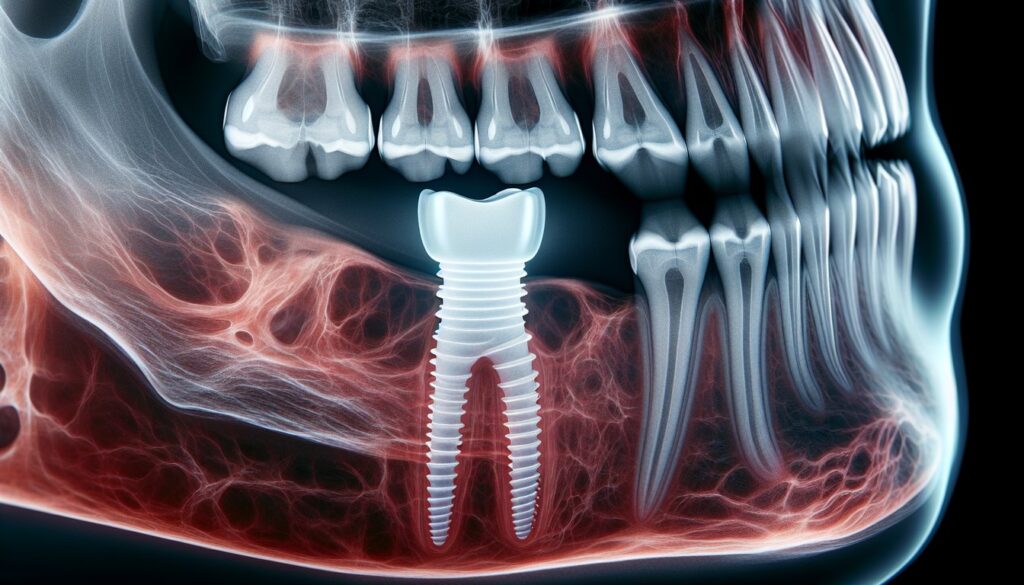Published: 04/12/2024

When it comes to the success of dental implants, the foundation on which they sit cannot be understated. A strong, healthy jawbone is crucial for the stability and longevity of the implant. However, not all patients have the bone density necessary for this dental solution. This is where bone grafting comes into play as an essential pre-treatment procedure. Canal Periodontal Partners, located in Moorestown, NJ, understands the significance of this process and specializes in ensuring that their patients receive the highest standard of care in periodontics and dental implants.
The Importance of Bone Grafting
Bone grafting is a procedure that is often a prerequisite to the placement of dental implants. This surgical procedure rebuilds bone through the transplantation of bone tissue. Stimulating bone growth enables the bone to support dental implants effectively. The absence of sufficient bone structure can lead to implant failure, which is why the skilled team at Canal Periodontal Partners places such an emphasis on bone grafting as a critical step in the implant process.
When Is Bone Grafting Needed?
- After a tooth extraction, when the bone is not dense enough to support an implant
- In cases of periodontal disease, where bone loss has occurred
- For patients with congenital defects or trauma that has resulted in insufficient bone
Types of Bone Grafts
There are various sources of bone that can be used in grafting procedures, each serving a unique purpose and situation. Canal Periodontal Partners focuses on the most effective techniques tailored to individual patient needs.
Autografts
Autografts involve the use of the patient’s own bone, typically harvested from the chin or hip. As the bone comes from the patient, there is no risk of rejection, and the graft contains live cellular elements that promote bone growth.
Allografts
Allografts are derived from a donor, usually a cadaver bone processed to ensure its safety and compatibility. These grafts are beneficial when a substantial amount of bone is needed, or when the patient prefers not to undergo additional surgeries for harvesting their own bone.
Xenografts
Xenografts come from a non-human source, often bovine. They provide a framework for the patient’s bone to grow into and are generally used when autografts and allografts are not feasible options.
The Bone Grafting Procedure
The bone grafting procedure is a collaboration of science and artistry. Periodontists at Canal Periodontal Partners approach each case with meticulous planning and precision. Typically, a bone graft involves the following steps:
- Evaluation of the jawbone to determine the type and amount of graft material needed
- Preparation of the recipient site by making an incision in the gum tissue to expose the bone
- Placement of the graft material onto the site
- Use of membranes, tissue-stimulating proteins, or biologics to aid and enhance healing
- Closure of the incision, followed by a period of healing where the graft integrates with the jawbone
Ensuring Success
Success in bone grafting is not solely dependent on the procedure itself but also on post-operative care and the body’s natural healing ability. Canal Periodontal Partners offer comprehensive support throughout the healing process, ensuring that patients are well-informed and comfortable. With their expertise in procedures like Ridge Augmentation and Sinus Lift/Augmentation, they are equipped to handle complex cases that require advanced bone grafting techniques.
For those seeking dental implant services, understanding the role of bone grafting is a vital step towards achieving a functional and aesthetic outcome. By entrusting your care to the experienced periodontists at Canal Periodontal Partners, you are laying the groundwork for a successful dental implant journey.
We invite new patients in the Moorestown community and surrounding areas to schedule an appointment for a personal consultation to discuss your bone grafting and dental implant options.
Talk to Us About an Appointment